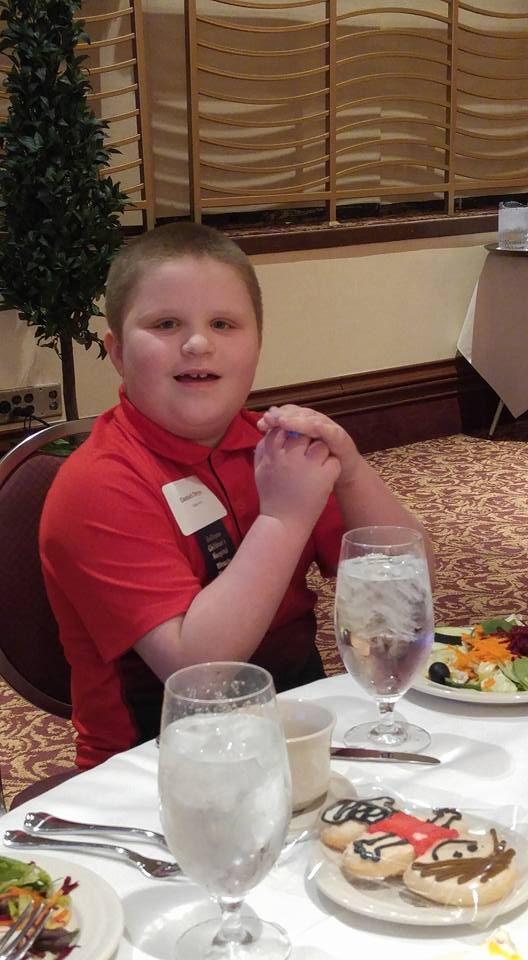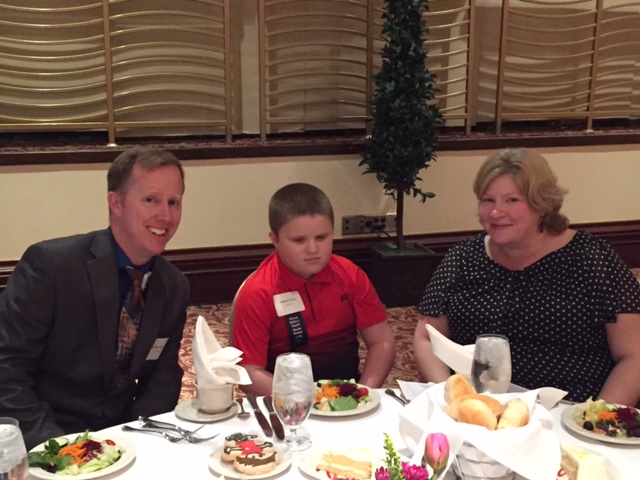I believe our souls call out for consistency in the form of predictable, daily routines. I am sure that life would be boring for most of us if everything was predictable and routine, but when learning something new and potentially challenging (like how to eat or sleep or drive a car), a consistent order and flow gives a comfort that enables new things to come more readily to us.
Bedtime is a ritual that rewards parent and child alike.
For the child, having a bedtime routine signals what to expect as they transition away from the wakeful part of their day where they acquire new skills and encounter new situations at a ferocious pace. The order in which the routine unfolds matters a great deal, but can vary depending on what you know about your child. For example, certain children become animated during bath time (or don't even like getting their hair wet), while others begin to quiet down and doze. If your child becomes more animated or upset during the bath time routine, starting bath time sooner or only bathing every other night might be an easy place to modify things.
For the parent, having a bedtime routine gives you a chance to gently guide your child toward a restful state that readies them for falling asleep. It also provides an opportunity to lay the foundation for the next day (picking out clothes after looking at the weather on your phone).
For the parent and child, the bedtime routine provides an opportunity for bonding and more attentively observing the subtle ways in which your child responds to their world and others.
Recommendations to consider with the bedtime routine:
Provide your child with a clear indication of when the bedtime routine will begin. For example, you could say, “In ten more minutes” or “at 7:30, we will get ready for bed." For some children, setting an alarm (fun song) on your smartphone could be a creative support.
Pay attention to how you announce the bedtime routine. For some children, saying, “Time for bed” is the equivalent of saying, “the fun thing you are doing right now (e.g., playing with toys) will have to end soon because I said so.” Instead, try changing the way you state this by using a preferred activity or item as part of the announcement. For example, you could say, “Time for bubble bath!” or “silly story time is soon!” This reminds children of the fun parts of bedtime.
Start the bath early enough that you don’t have to rush your child through it. If your child likes to play in the tub, build in extra time by starting earlier so that they can have more time to play in the bathtub.











